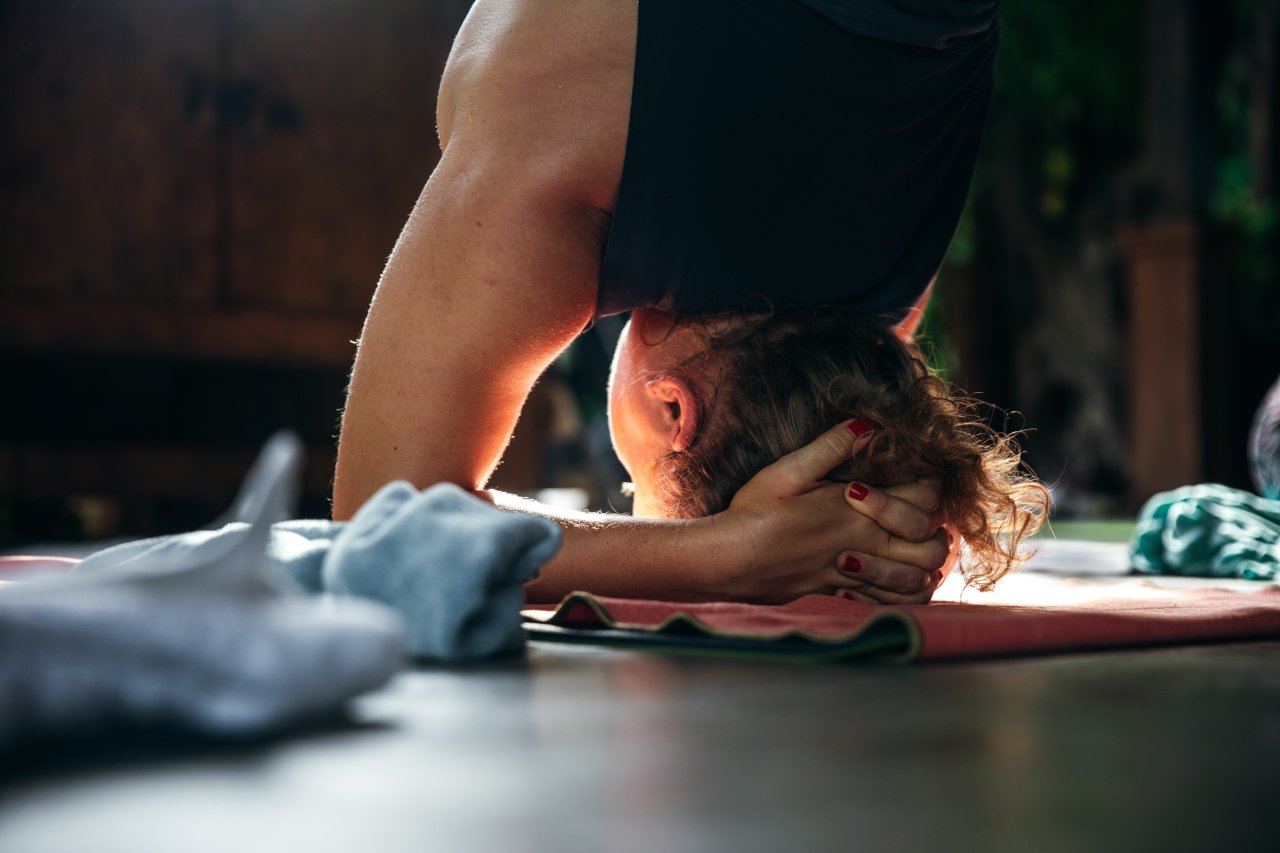How To Create Better Balance In Your Yoga Practice
You may have noticed that one of the benefits of yoga is improved balance. But what happens when you still can't hold Tree Pose (Vrksasana) without wobbling?
Whether you're new to yoga or working on advanced arm balances, finding balance during your practice will take the same basic principles: slow down, focus on your breath, know your limits, listen to your body and use props wisely.
By doing these things, you create better balance in yoga so that it becomes an integral part of your practice and life.
Slow Down: Yoga Is About Exploration, Movement & Awareness
The first step in creating better balance in yoga is to slow down. Yoga is not a destination, but rather a journey. It is not something that you can learn once and then master. It is a practice that involves the constant refinement of your relationship with yourself, others and the world around you in order to create balance within our lives.
Focus on Your Breath
Breathing is the most important part of yoga. It’s the bridge that connects your mind and body as you move through a practice. When it comes to staying present in the moment, focusing on your breath can help you do just that. When you focus on your breath, it will come naturally to let go of any thoughts or feelings that may pull you away from being fully present in each pose.
Know Your Limits
In yoga, knowing your limits is important for staying safe and being effective — not just physically but mentally and emotionally as well. Knowing your limits helps you stay safe because you can protect yourself from injury. Knowing your limits also helps boost confidence because it allows space for grace and ease without pressure to perform in any particular way.
Listen To Your Body, Not Your Ego
Yoga is not a competition - it's a practice. Not a performance, but instead something you do daily or weekly to improve yourself at any level. You might be able to do more advanced poses than others in class and that's great! But it's important to remember that they are doing what they need and you are doing what you can. We're all working on our own balance of mind, body and spirit—so don't compare yourself with others.
Yoga isn't about being perfect or having the most amazing pose ever; it's about improvement over time through consistent practice of certain postures combined with meditation or mindfulness exercises.
Use Props, Blocks & Bolsters
In a yoga class, props are your friends. Use them to help you get into poses safely and comfortably. They can also help you stay in postures longer, which will make it easier for you to hold the pose on your own once you've learned how. And props can take some of the pressure off when it comes time to come out of a posture. It's important that we don't use props as crutches: they're meant as tools that should be incorporated into our practice over time.
With these 6 simple tips, you should be well on your way to creating greater balance in yoga. Yoga is a practice, so you won’t get it right from day one. So take these tips with you next time you step onto the mat, or just remember them if something doesn’t quite feel right.

